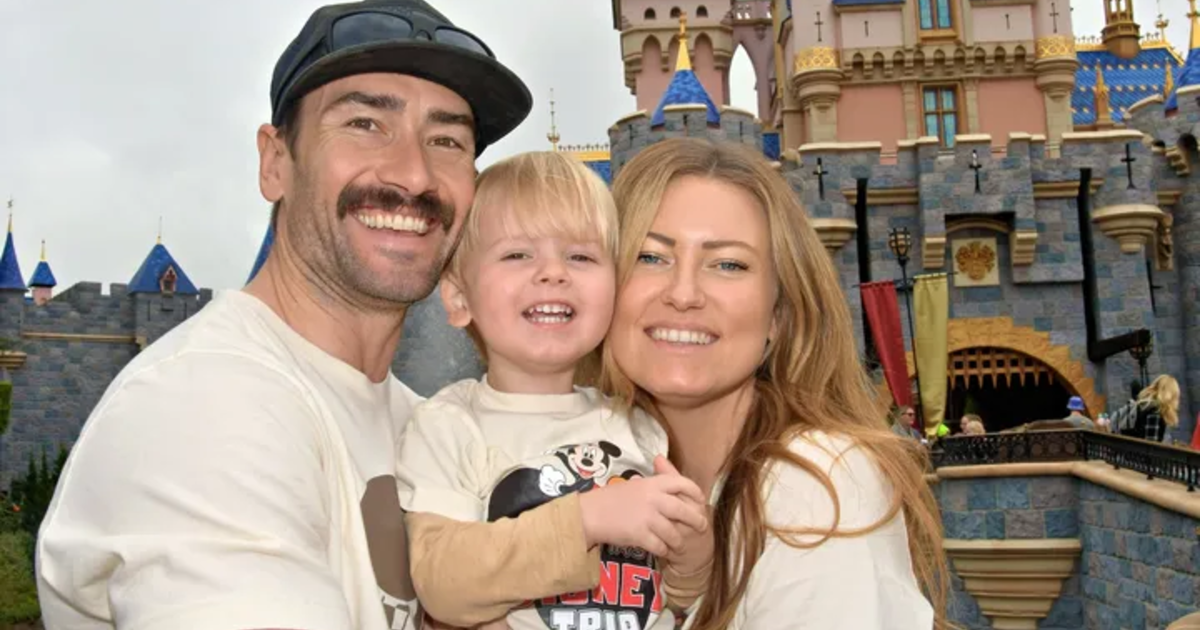Why a huge Hawaiian wildfire could happen again
The wildfire that torched a historic Hawaiian town in August was as ferocious as it was fast. Hurricane-force winds blew the inferno across the sun-scorched landscape, igniting all of Lahaina on the island of Maui. It took less than an hour.
As "60 Minutes" learned while reporting there for this week's broadcast, another devastating wildfire could happen again in the Aloha State as long as conditions remain the same—among them, a dearth of firefighters and an overabundance of dry grass.
The hills above Lahaina were once lush with sugar cane fields. But production of that crop, which was once the state's largest, has ended. Hawaii's last sugar mill harvested its final sugar cane in 2016. Instead, the hills have now been overrun by drought-resistant grasses brought to the state for cattle grazing.
Throughout the last century, ranchers in Hawaii introduced new grasses that grew fast and spread quickly, ensuring a steady supply for cattle. These included buffelgrass and Guinea grass, which are originally from Africa.
But those non-native grasses are now feeding something else: fires.
"They're going to burn eventually if there's an ignition on the land," said Mike Walker, the top fire protection official at the Hawaii Department of Land and Natural Resources.
Walker has been warning about non-native grasses—and the resulting danger of a catastrophic wildfire—for years.
When grasses like Guinea do burn, they return almost immediately because they respond to water very quickly, Walker explained. That means areas where firefighters dosed flames with water will see new grass sprouting up within days. And those areas are largely unmanaged.
"We really do need a return to managed lands, these managed landscapes," Walker said. "Humans have created this issue, and it's not going to be solved without human intervention as well."
Until then, another massive fire could happen at any time, Walker warned.
When it does, Maui's firefighters may be overmatched once more. On a typical shift, there are 60 to 70 spread across 14 fire stations. According to Bobby Lee, the president of Hawaii's chapter for the International Association of Firefighters, Hawaii has not added a new fire company since 2003.
"So, you look at the increase of people that have come to this island," Lee said. "You have the plantations that shut down, and so a lot more abandoned land, wildfire land. And our firefighting force has been the same for the last 20 years."
Hawaii's geographic isolation exacerbates the issue. When large wildfires break out in California, for example, thousands of additional firefighters and pieces of equipment, including firetrucks, can be on the scene within days. This summer in Lahaina, Lee said, it took two days to get 34 firefighters on Maui from Honolulu. And even then, they could not bring trucks.
"We don't have bridges connecting the islands. We don't have a ferry system that can help us, you know, jump between islands quickly," Lee explained. "What we have on island is all we have. That's it."
Lee said the lack of firefighters and equipment in Hawaii often comes down to money.
"Until you get something like this, you know, it's not important," he said.
Now that this fire has gotten people's attention, Walker hopes their minds are forever changed about Hawaii's fire risk. Before August's blaze, his worst-case scenario for fire on the island was that people would lose their homes. He said he never imagined a whole historic town would go up in flames.
"If we forget about this, then there's something really wrong with us," Walker said.
The video above was produced by Brit McCandless Farmer and edited by Will Croxton.
Photos and Videos courtesy of Getty Images, AP, AFP and Alan Dickar/Getty Images.



